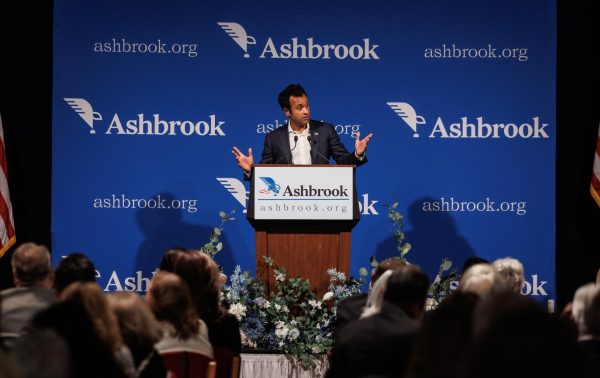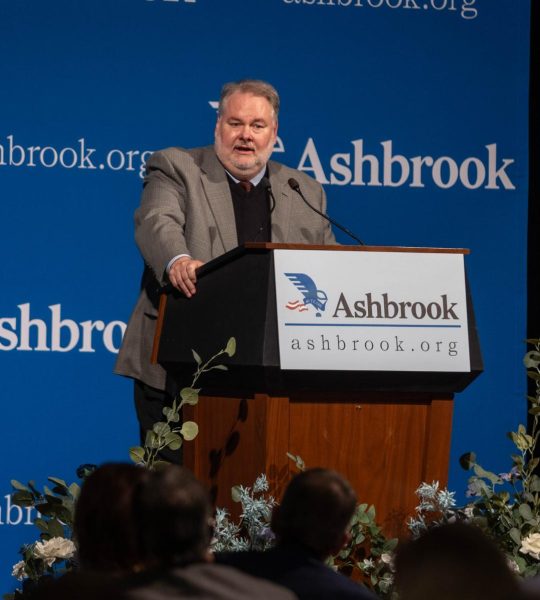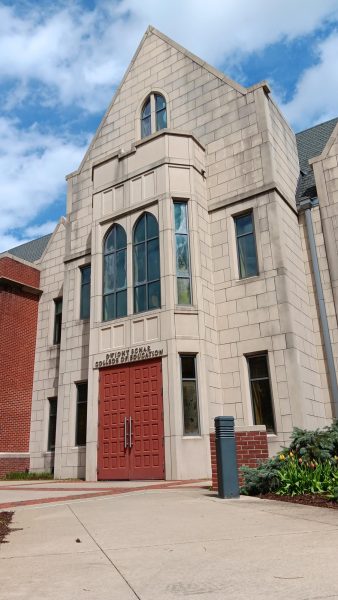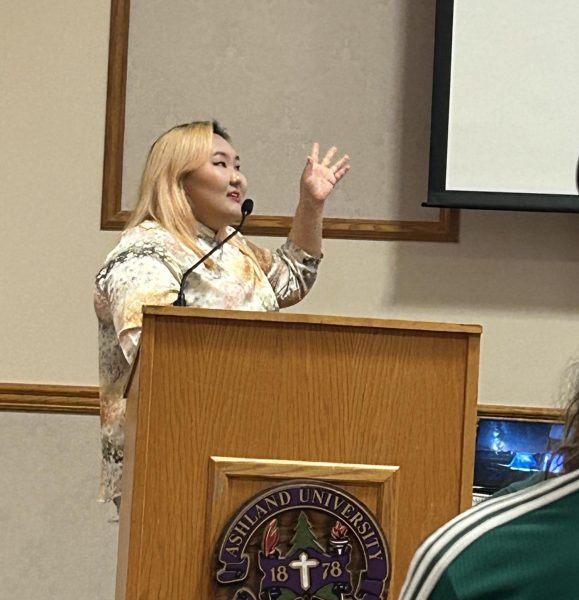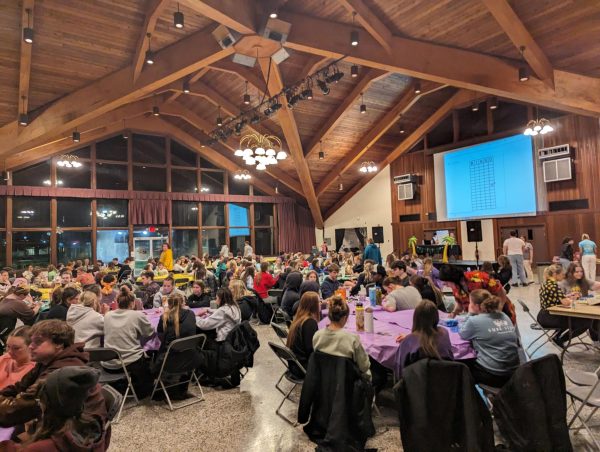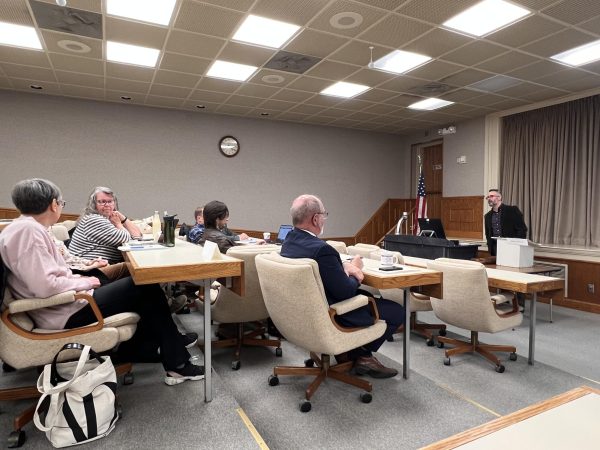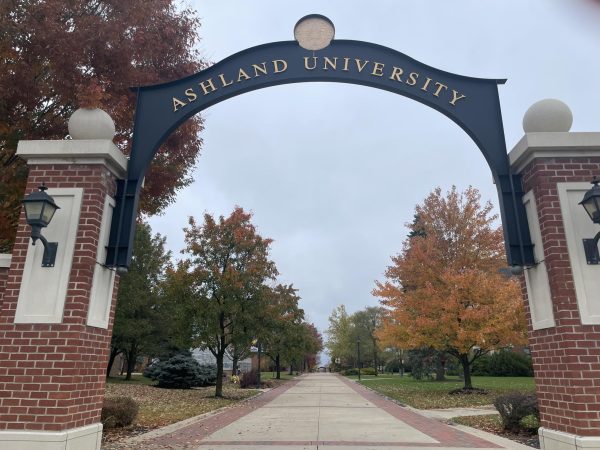Proximity to campus key to university property purchasing decisions
April 22, 2022
When property surrounding its campus becomes available, Ashland University is going to take a serious look.
For AU President Carlos Campo, it all comes down to the old real estate axiom….location, location, location.
“We have to be strategic,” Campo said. “If there is a property within the campus community or even on the fringes of the community that becomes available, we will at least look at it.”
According to Campo, property purchases can allow addition to current buildings and provide more houses for AU students to rent.
“When I came to Ashland and saw that we had a Burger King and BW3 (Buffalo Wing Wings) that felt like it was on our property, in the middle of our campus community, it felt a little uncomfortable in some ways,” Campo said.
AU has been enacting a “campus master plan” since 2017, said Campo, beginning with the purchase of the old Buffalo Wild Wings building at 628 Claremont Ave. This property was bought for $425,000, according to the Ashland County Auditor website.
A top priority for AU officials is the safety of its students.
“One thing that comes to mind is the whole campus environment, so safety is one of them and the purchase of property that maybe was dilapidated or could have been a danger to students,” Campo said. “If the property had been a rental property we can’t keep ties on who is there, so those are some of the things we consider [when purchasing properties].”
With more university-owned property surrounding the campus, it helps to ensure only AU students will live in the vicinity, helping secure the area, he said.
AU owns a variety of properties off campus that are used for housing, according to Danielle Hamilton, assistant business manager for Auxiliary Services.
“We have about 43 properties that we manage, all generating revenue for the university,” Hamilton explained, “Our primary focus is our AU family such as seminary students, masters students, international students, faculty and staff.”
Hamilton said these off-campus housing coincide with Residence Life.
“Our primary goal is to work alongside Residence Life and complement what they’re already doing,” Hamilton continued, “They have parameters set in place for students not qualified to live on campus so residents of these properties tend to be [age] 22 and above.”
While a majority of these properties serve as residences for people involved with the university to remain near campus, some of the properties owned by AU house or have housed businesses as well.
“We actually have some commercial properties as well; a couple businesses we take care of such as Vines [bakery],” Hamilton said. “They also help to generate revenue for the university.”
Another building at 709 Claremont Ave. that was previously rented out for commercial use as a yoga studio is now vacant. The university purchased the property in 2018 for $600,000, and pays $3,493.20 in property taxes for the building due to its former commercial uses. Most university property is tax-exempt.
The building behind the Veteran Center was recently used as the COVID-19 testing site and for storage with a few possible future uses for the property.
“Perhaps [it could be] a new home for the Esports program. We’re looking at maybe pulling Esports out of the lower level library giving it their own space,” said Rick Ewing, vice president of operations & planning. “Esports is the primary driver, but there has been conversations of perhaps becoming a community service building on campus.”


